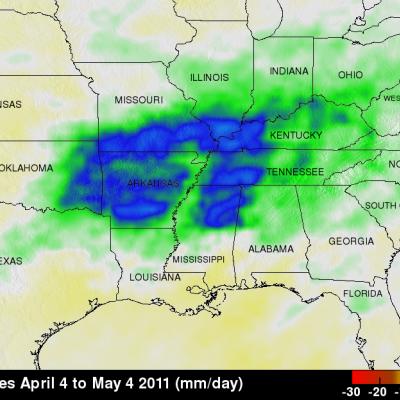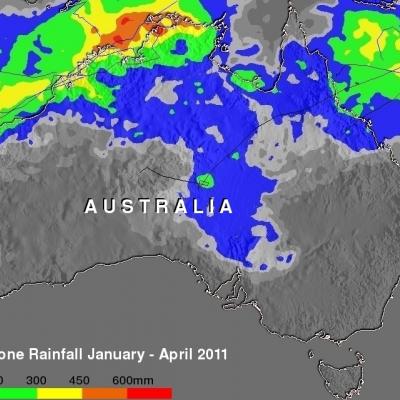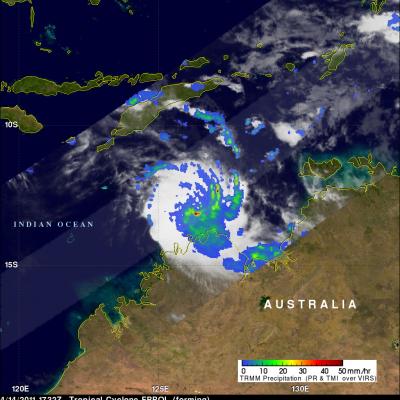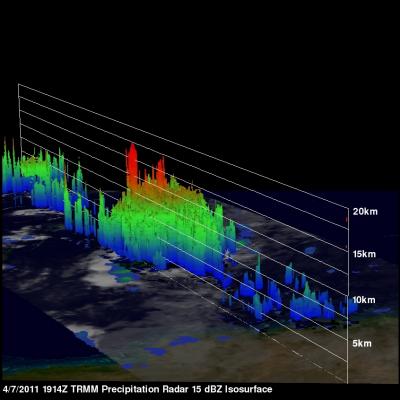Deadly Tropical Storm Hits the Philippenes
Tropical storm AERE was the first tropical cyclone to hit the Philippines in 2011 and was responsible for the deaths of least 22 people. AERE, also known as Bebeng in the Philippines islands, formed east of the Philippines on 6 May 2011. Data collected by the TRMM satellite on 8 May 2011 at 0823 UTC (~4:23 PM LOCAL) were used in the image on the left above. At that time AERE had wind speeds estimated at about 50 knots (~58 mph). TRMM Precipitation Radar data from this orbit were used in the image on the upper right to show the 3-D vertical structure within AERE. Some thunderstorms within AERE






